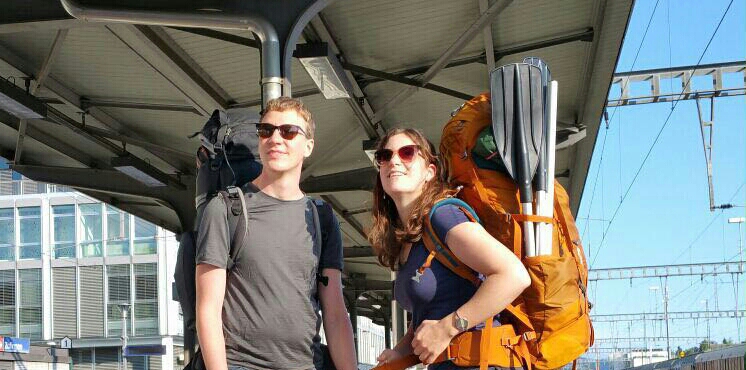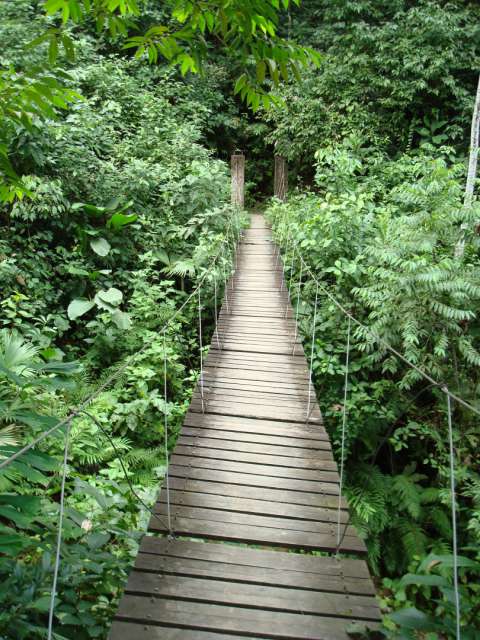In Mongolia
已發表: 25.10.2016
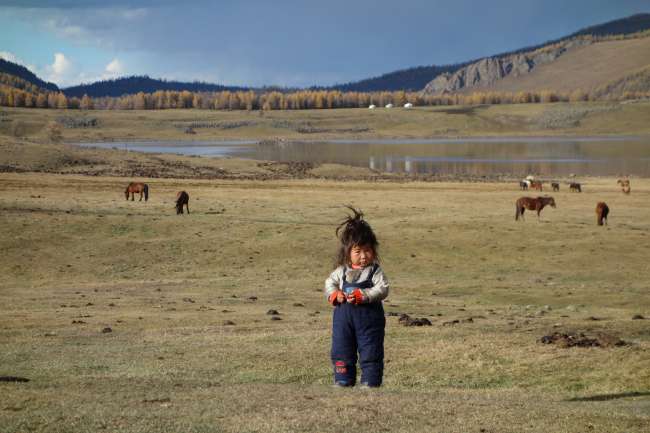
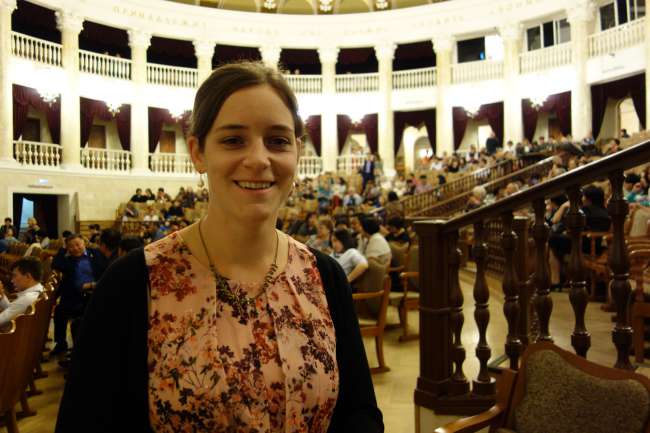
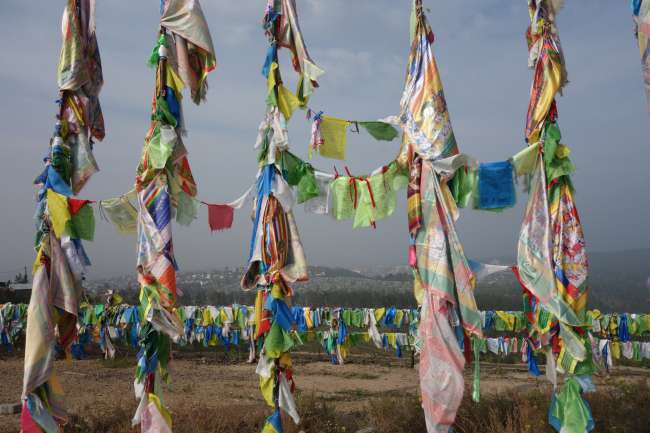
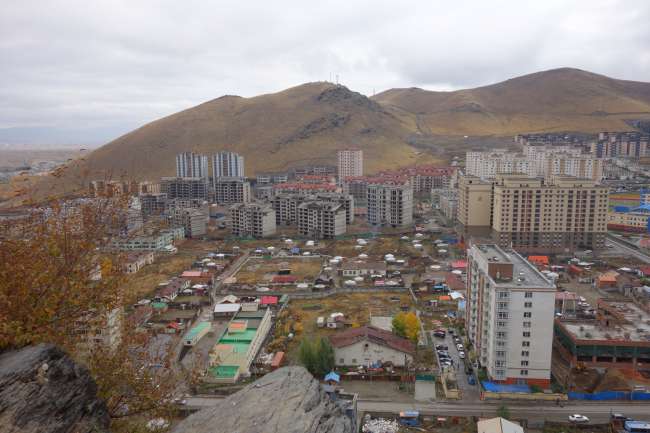
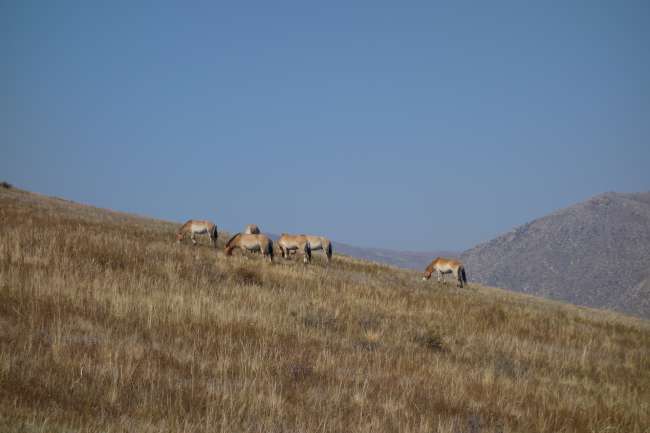
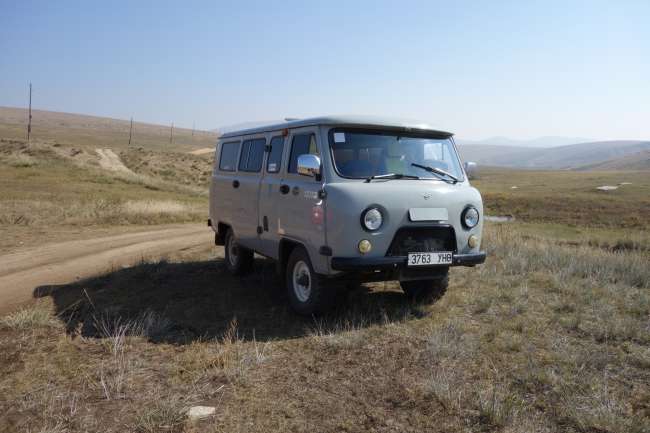
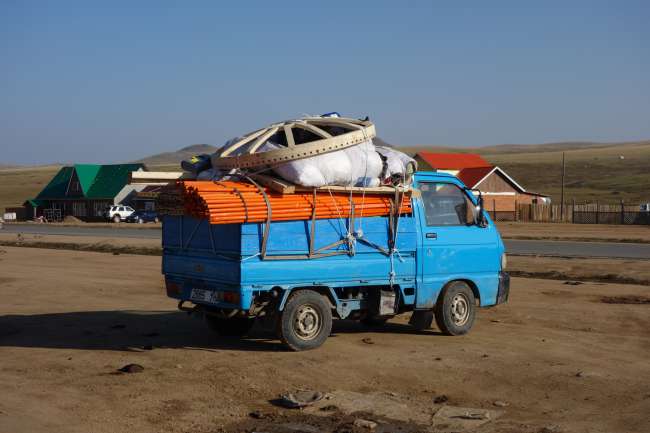
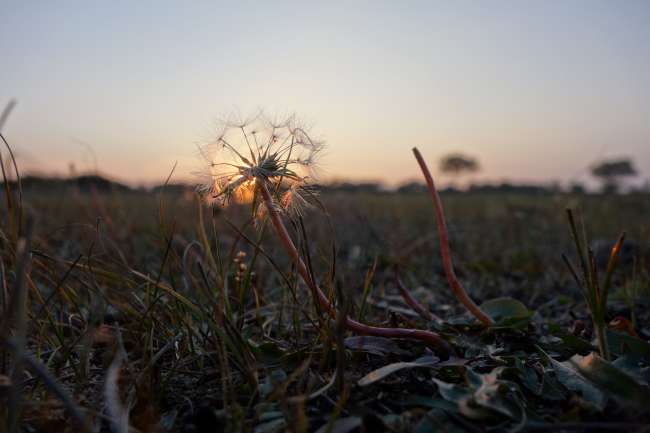
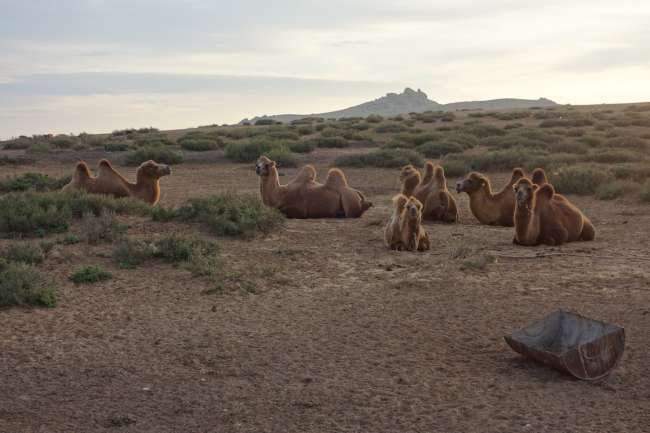
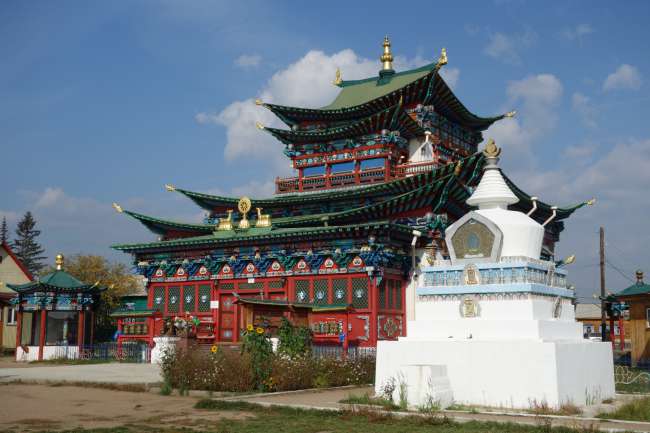
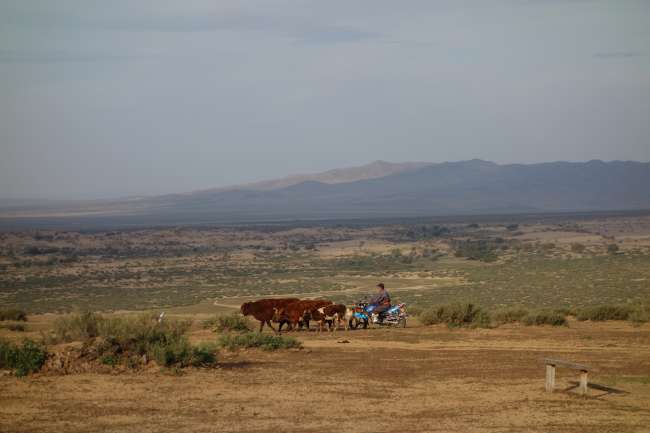
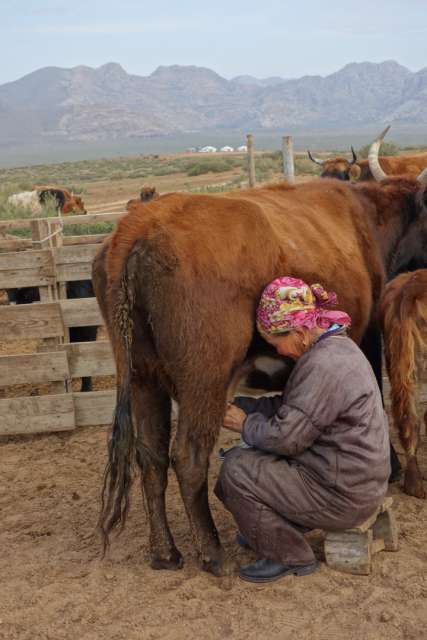
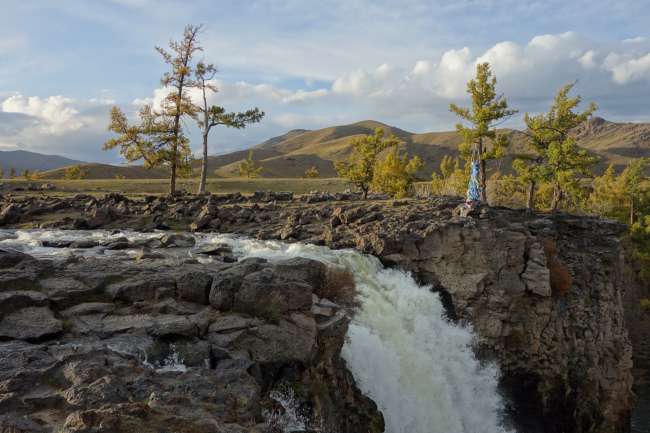
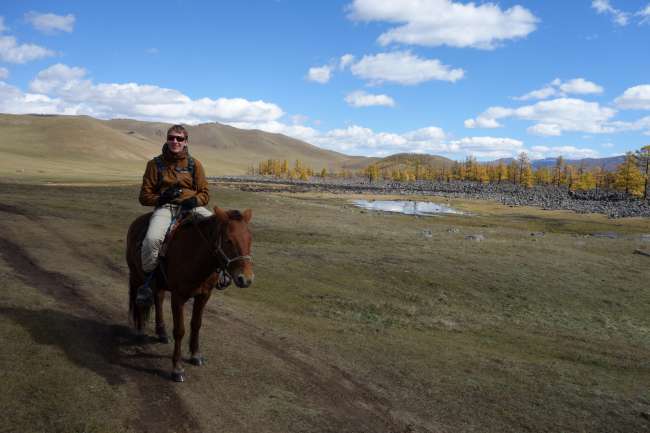
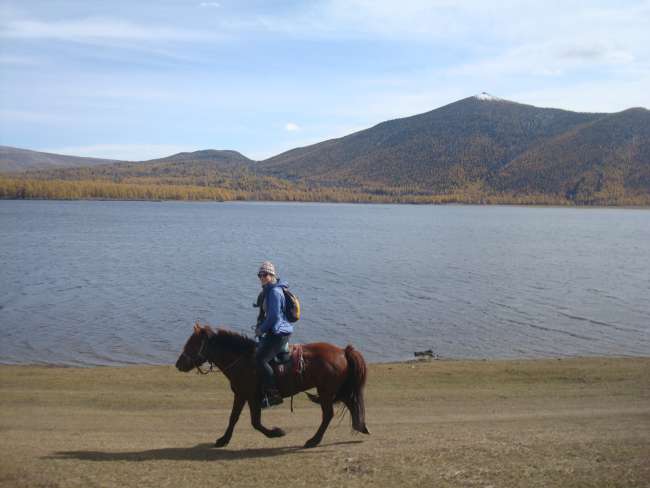
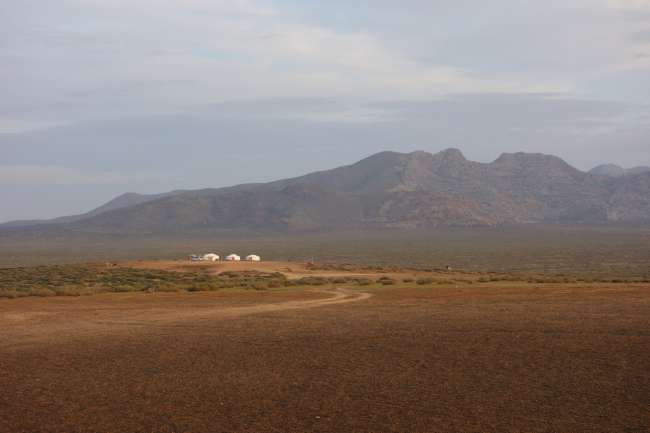
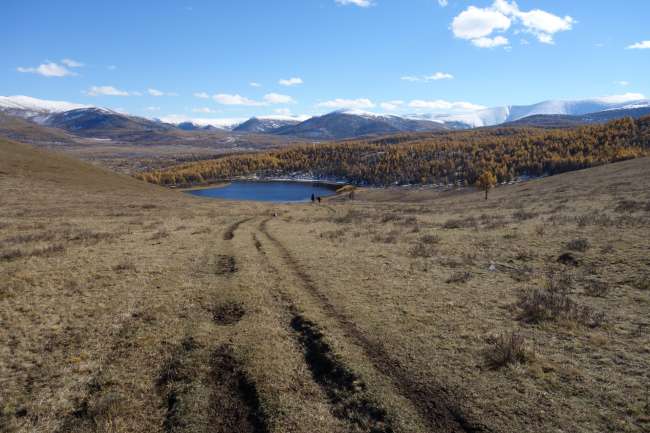
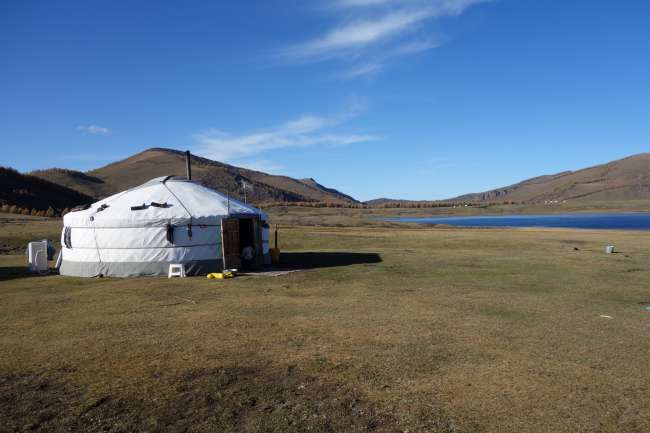
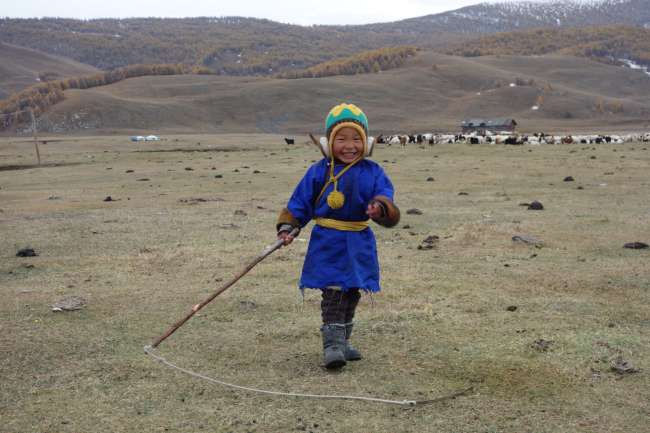
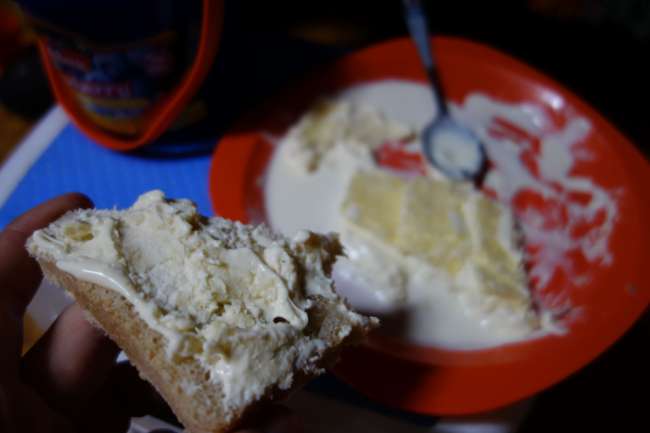
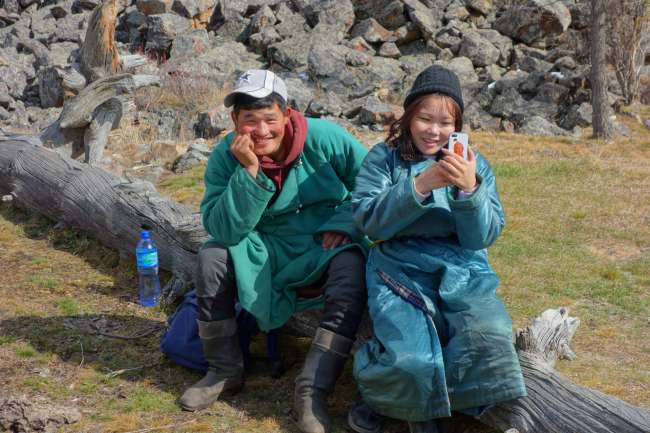
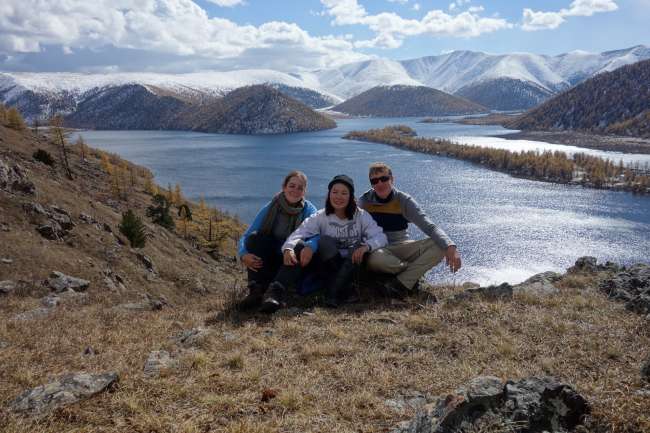
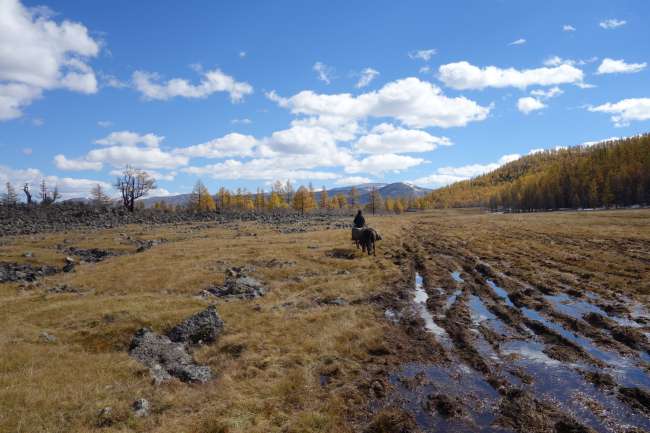
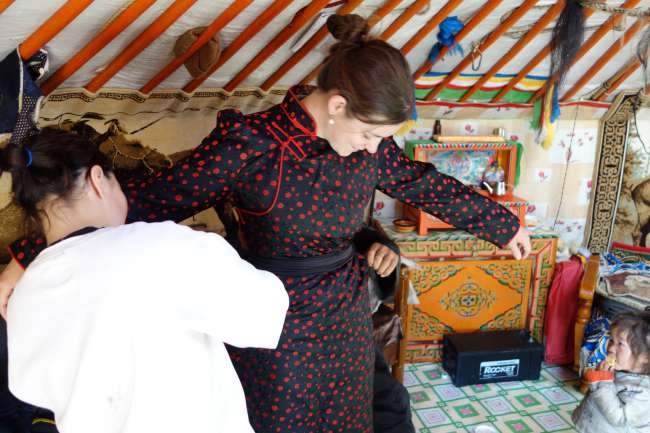
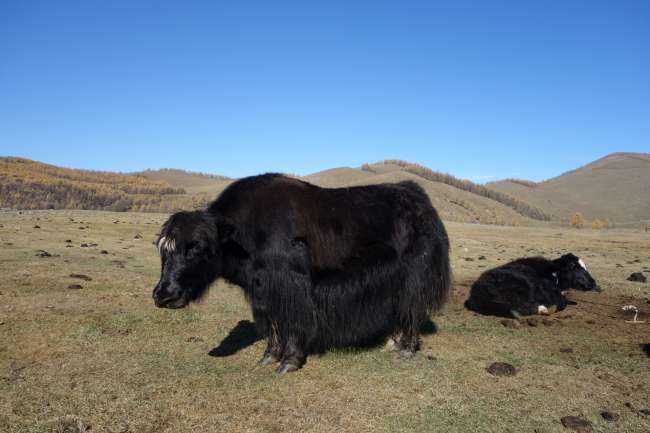
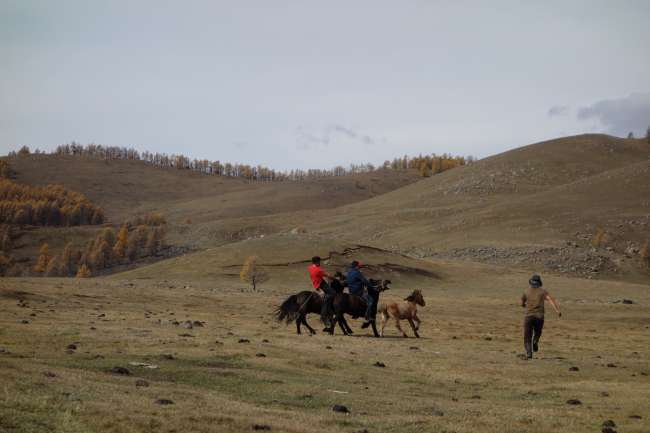
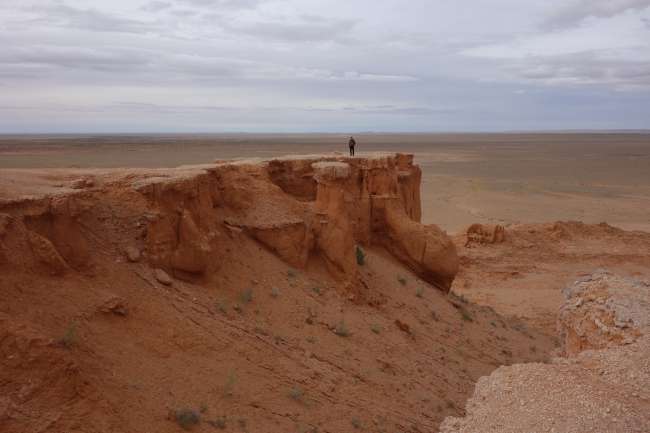
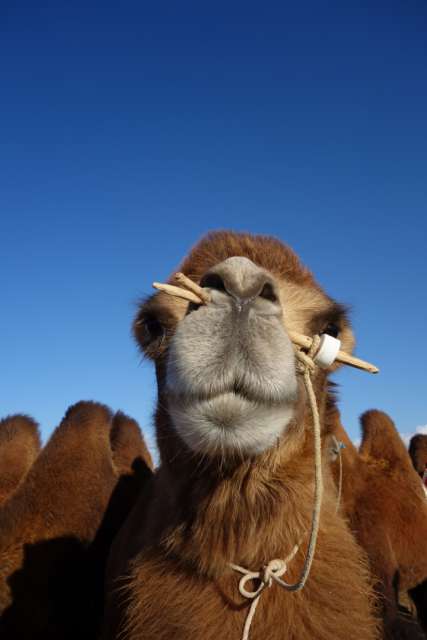
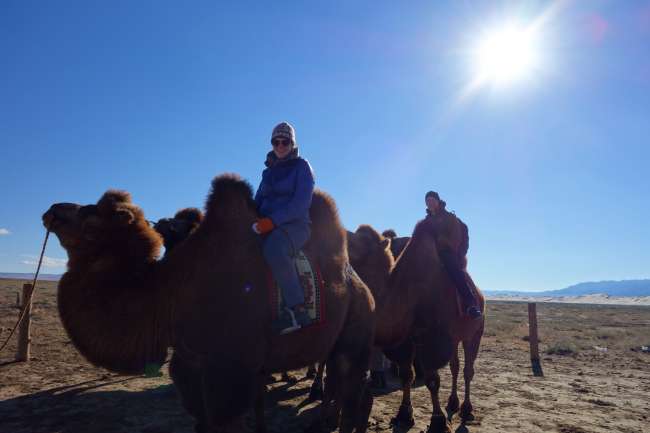
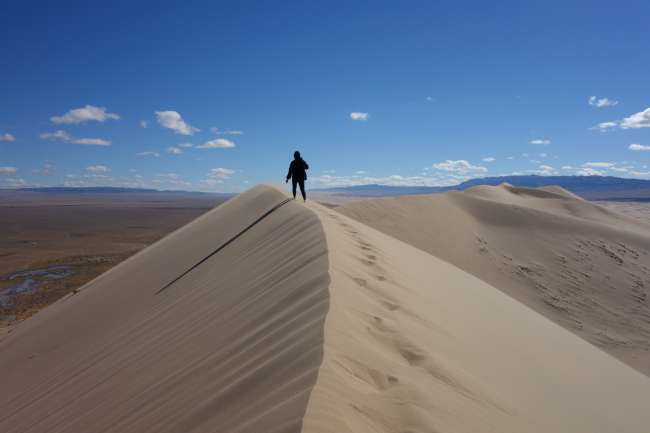
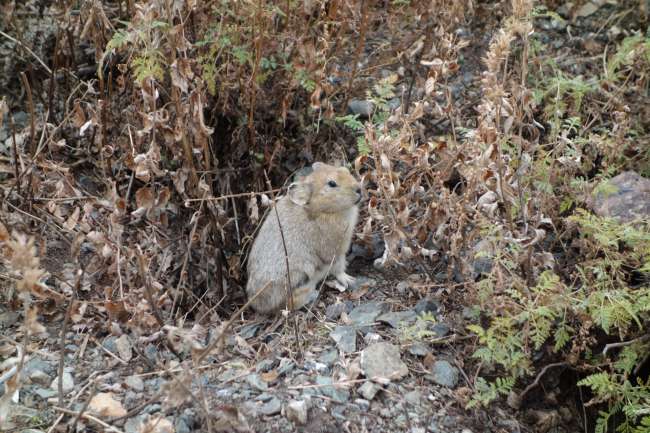
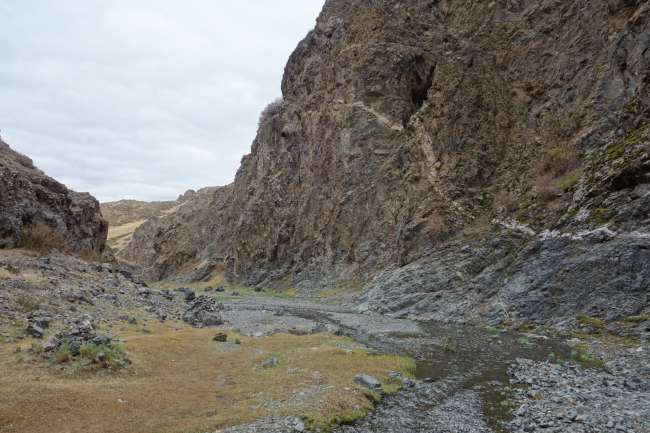
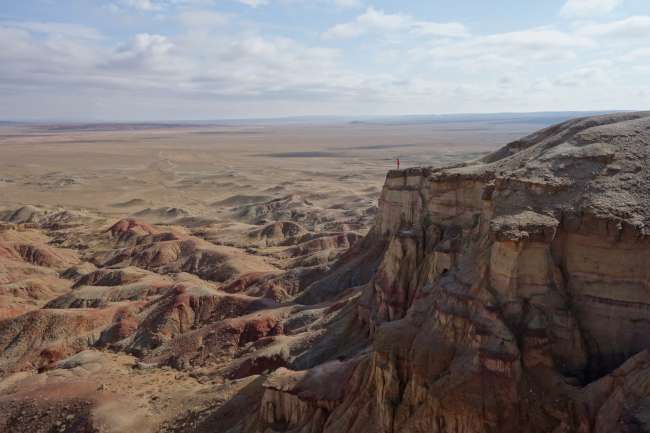
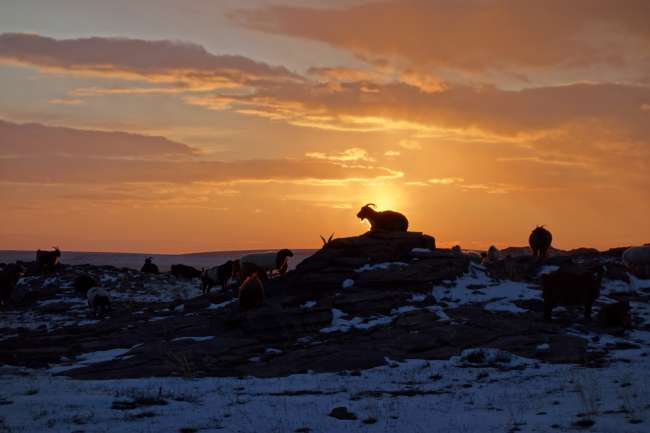
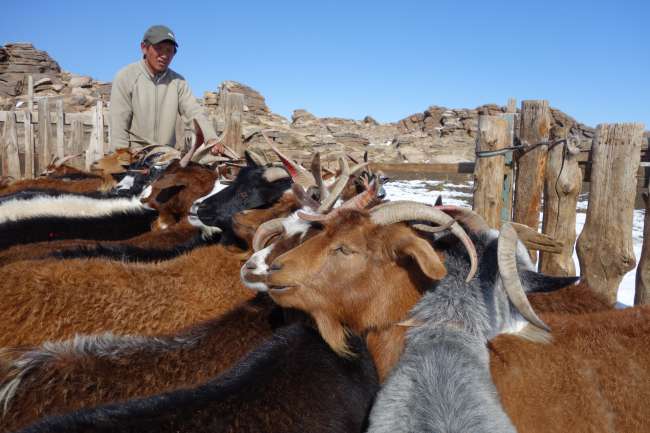
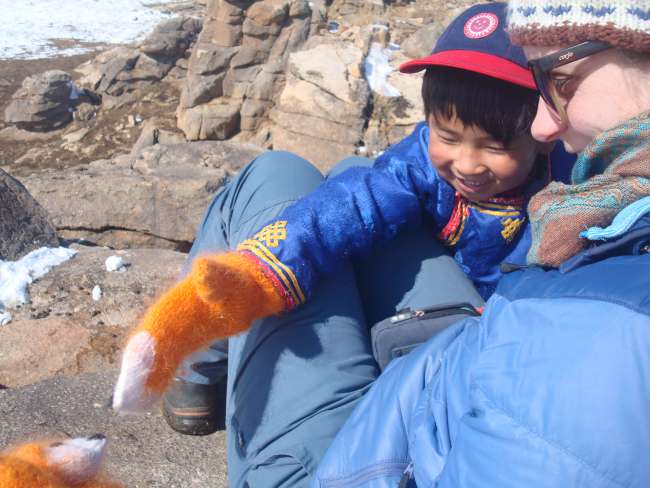
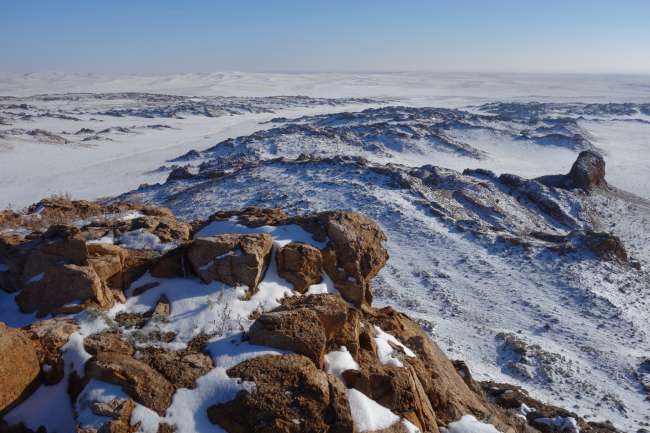
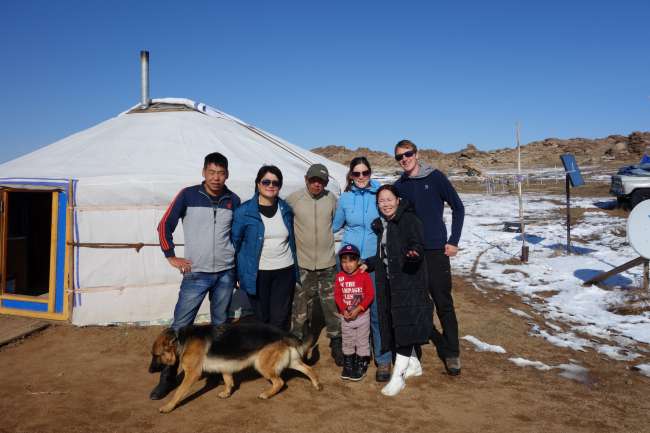
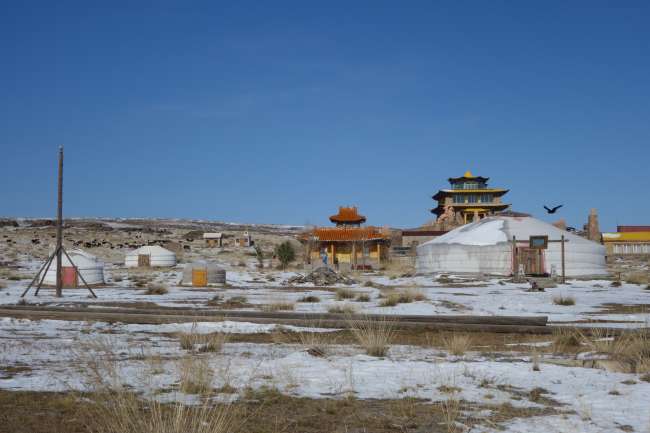
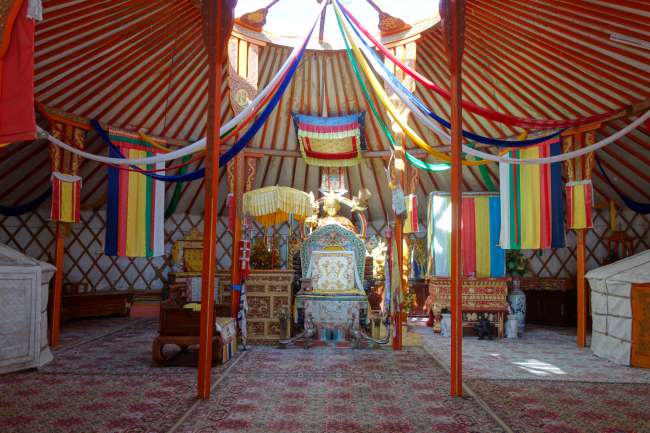
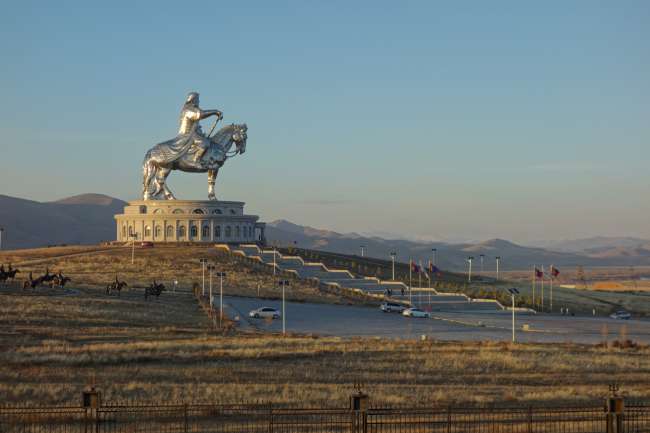
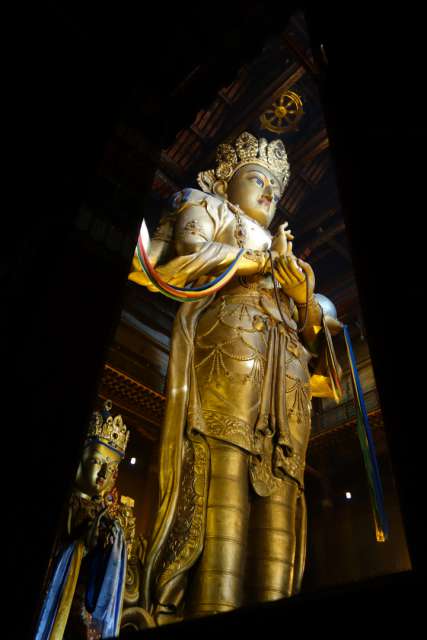
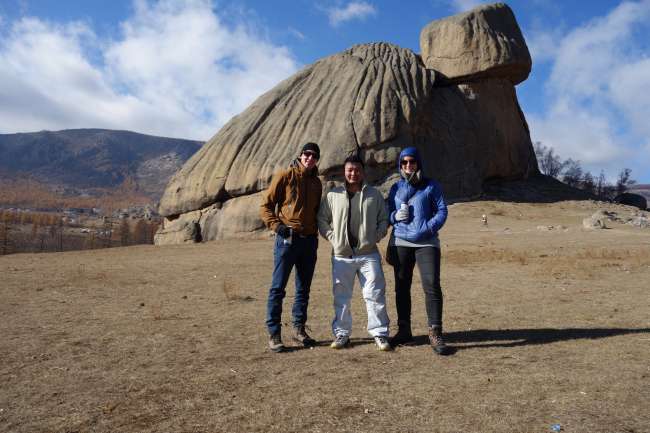
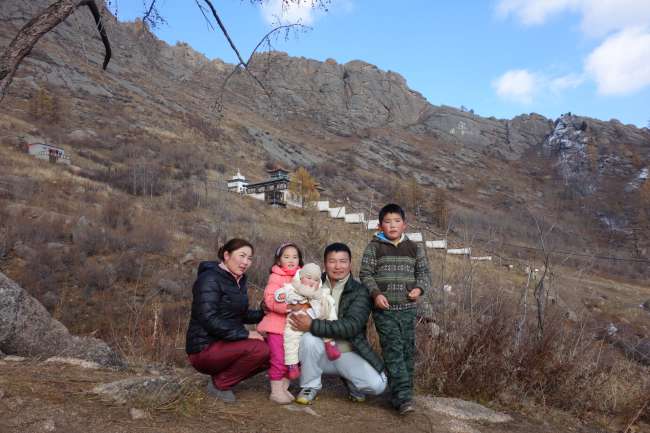
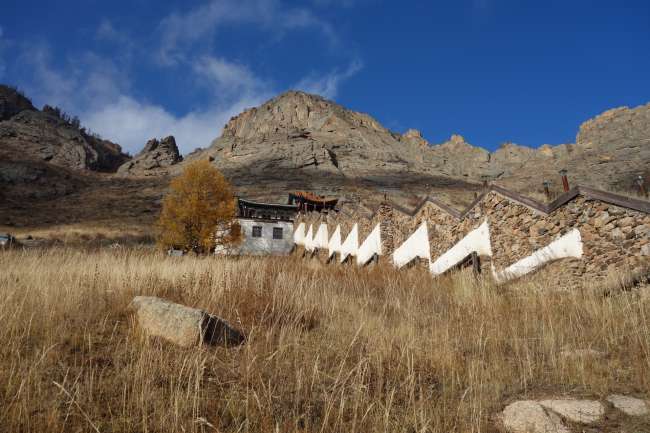
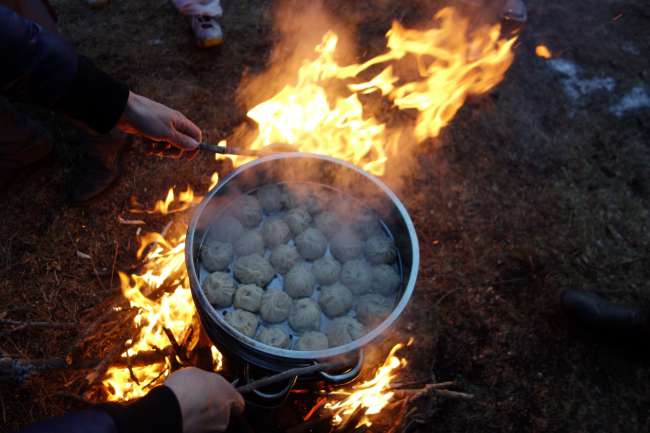
訂閱時事通訊
On the train journey to Mongolia, we wanted to get a last sniff of Russian air in Ulan-Ude. Here live the Buryats, who already look very Mongolian. We visited the Ivolginsky Datsan. This monastery is the center of Russian Buddhism. We also saw our very first opera - Puccini's Tosca - in the opera house and were completely thrilled. We 'treated' ourselves to the best seats for about 10 francs.
On the funny train journey to Mongolia, we involuntarily became smuggling accomplices of the Mongolian train attendants. Early in the morning, we arrived in the Mongolian capital Ulaanbaatar. On the same afternoon, Batsuk - a former Mongolian classmate from Zollikofen - took us on a private sightseeing tour of the city and we got to know the very meat-rich Mongolian food.
In Mongolia, many roads are very bad and it is difficult to get around with public transport. Therefore, at the beginning of the week, we set off on a two-week tour to the west with a driver and a guide. First, we bumped with our Russian UAZ all-wheel-drive minibus into the Kustai National Park, where we were lucky to see wild horses. We could always spend the night in guest yurts, i.e. we had our own yurt next to a family's. Usually there was a stove, which was heated with plenty of dung (wood is usually not available.), which surprisingly did not smell and was very warm.
Afterwards, we continued to the Orkhon Valley to see the famous waterfall. River crossings and steep sections posed no problem at all for the UAZ. With the minibus, we drove further into the valley to a family. Now the path became so steep, inclined and narrow that only a Schilter could get through at home. The three brothers - 15, 17, and 23 - all look after the yaks and horses here, run the yurt camp, and do horse tours, while the parents live in a village two days' ride away. The 17-year-old Mischiel took us on a three-day horse tour to the 8 Lakes region. Neither of us had ridden before and we had some concerns (especially about our backsides). My horse was a bit afraid of water and demonstratively stopped before every river, while Andreas' horse preferred to eat everywhere rather than walk. In the evening, we arrived at a very nice family's place, where we immediately got yak butter (very tasty) and milk tea. At around 2300 m above sea level, it got really cold at night, but our yurt was heated up properly - in the fertile valley, there is a forest and thus wood. The pain was very bearable and we recovered quickly.
The most fascinating thing about Mongolia is agriculture: there are no fences. The sheep, goats, horses, yaks, and cows roam freely in herds, and the young animals naturally always stay close to them. This looks deeply natural and is very beautiful to see. The goats are often kept only for their meat and cashmere wool. Some families always stay in the same place but can only keep a few dozen animals due to the feed. Other families keep 600 goats and 100 cows and have to move every few weeks. The milk is initially processed into yogurt and then dried. The rock-hard yogurt cheese has nothing to do with cheese. The mare's milk is fermented into airag, a delicious alcoholic, carbonated drink that is drunk like beer in the yurt.
Mongolia is scenically very diverse. The mountain world has been replaced by endless steppes all the way to the Gobi Desert (where, unexpectedly, there was snow!!!). Here we climbed the Flaming Cliffs - a canyon - and sand dunes, where we also rode camels, of course. Then we continued to the Yol Valley (Vulture Valley). We saw some large birds and an ibex. But above all, an overpopulation of so-called Mongolian pika. They look like fat hamsters, nervously run around between holes, and conveniently announce their arrival with whistles.
Undoubtedly, one of the highlights of the tour were the last two days that we could spend with Gera's family - our guide. The parents were visibly happy to see their daughter from the city again and a goat was immediately slaughtered for us. For lunch, a soup was cooked from the offal (even the intestine), but luckily for us, we had Buuz - fresh ravioli, which Andrea helped to make. In the evening, hot stones were prepared in the oven and cooked together with goat meat, cabbage, potatoes, and carrots in a pot. This Mongolian BBQ was a culinary highlight! In general, we were spoiled with culinary delights by Gera on the tour and unexpectedly received a lot of vegetables.
Back in Ulaanbaatar, we had to take care of the Chinese visa again. On the third attempt, we went all out and waited almost 3 hours in front of the Chinese embassy, almost 3 hours before opening time, we actually made it to the counter and got our visa, but as Swiss, we still had to wait for 6 more days. While waiting at the embassy, we met many fellow sufferers. We drove to the Chinngis Khaan statue with a Colombian couple the next day and later we were supposed to continue to China with Lüku from Bern.
A Sunday trip with Batsuk's family was another highlight. We drove to the Terelj National Park about 80 km outside the city with his wife and three children - the youngest is only 6 months old - (all!) in his off-roader. Three befriended families spontaneously joined us in their off-roaders. In the park, we looked at the famous Turtle Rock and the Aryapala Monastery together, played soccer with a dozen children, had a picnic, and drank. Suddenly the women produced a pot of Buuz and cooked it on the fire. On the way back, we stopped here and there with relatives and everywhere there was plenty of food and drink again. A wonderful Sunday!
Throughout the country, we have experienced the incredible hospitality of the Mongolians. Everywhere, we were immediately received as if we had known each other forever. We would like to express our special thanks to Batsuk and his family for the great time. Also, a big thank you to Marat, who drove us to the Genghis Khan Statue and invited us for tea, and in return, only wanted to speak English with us. Thanks also to Gera and her family for their friendly hospitality, the great yurt, and the delicious food.
訂閱時事通訊
回答
